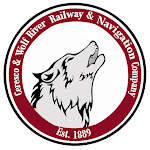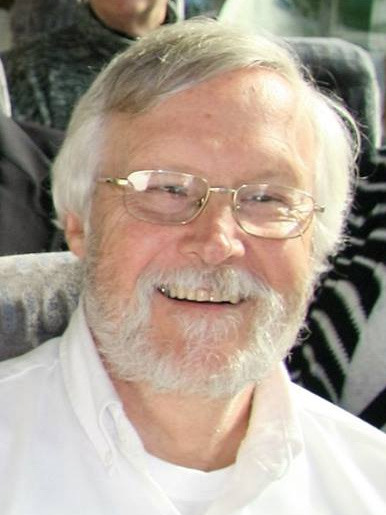The Ceresco Long House — an O-Scale Paper Model
The History
In 1844 the Wisconsin Phalanx, a group of followers of the 19th-century French socialist philosopher Charles Fourier, organized a communal settlement known as Ceresco (for Ceres, Roman goddess of agriculture). About 180 people lived in the Association at its peak, farming nearly 2,000 acres. It was one of the three longest-lived Fourierist Associations in the United States, dissolving in 1850, and it was unique for having assets which exceeded liabilities at the time of its demise.
The members of the Phalanx registered their settlement with the state, as the village of Ceresco, Wisconsin, so the village survived the collapse of the utopian socialist experiment. Remaining members of the Wisconsin Phalanx later formed a living cooperative and study group called the Ceresco Union in 1855. Their doctrines included religious free thought and interpersonal free love. That group was disbanded by a mob of outraged citizens from the adjacent community of Ripon (founded in 1849). By 1858, the village of Ceresco was entirely annexed into the village of Ripon.
The Building
The Phalanx built two longhouses to house their earliest members. The first was built by combining several smaller existing buildings The second longhouse was purpose-built as a communal dwelling. That building still stands, though it has been converted to apartments and thoroughly remuddled.
I have decided to build a scale model of the Phalanx Longhouse as it appeared in the 1840s. Photos are rare and none from before the Phalanx disbanded. I used what photos are known and measurements of the surviving structure to draw what I believe is a reasonably accurate rendering of the building — as accurate as it can be given the scant evidence. I plan to build the model in 1:48 scale and put it on display here in Ripon, where I live.
Early photographs lack details and modern images
reflect a lot of "remuddling."
The old photos did reveal a few secrets.
I compared my initial renderings to the oldest photos to
confirm the original placement of doors and windows.
Using those proportions and measurements of the surviving structure, I drew elevations in 1:48 scale.
The center section is a mystery. It might simply be a central hallway, but there is no known description of it. My measurements and drawing also showed the building to be smaller than 19th-century writers had claimed. Old records suggest that it housed between 26 and 30 families. Given the size of rural families in the mid-1800s, it must have been a crowded place.
The Model
Putting it all together, the model will be about 30 inches long, a nice winter project. I will use O-scale clapboard, brick, shingle, and door & window texture papers from Clever Models. The model will be paper and card over foamcore. Railings and stairs will have to be scratchbuilt, probably with Evergreen plastic shapes. I'll put it on a base with a bit of Woodland Scenics landscaping, and a figure or two if I can find them.
One more drawing, this one with my best guess as to the porch, railings, and stairs. There are no known photos, drawings, or descriptions of the porches and stairs. I have drawn one possibility that is consistent with the neoclassical style of the building and with the simplicity one would expect of a Fourierite Commune like the Wisconsin Phalanx.
The model was finished in November and December 2020 and donated to the Ripon Historical Society, where it is prominently displayed. I'm very pleased with the results. Walls, roof, chimneys, and balcony are texture papers from Clever Models, scaled up to 1:48. Windows and doors came from my digital parts box, scaled up, with curtains and a few occupants added. The railings and staircases are wood. The model sits on a Masonite base. I modeled only one long side of the building since its display case sits against a wall.





























